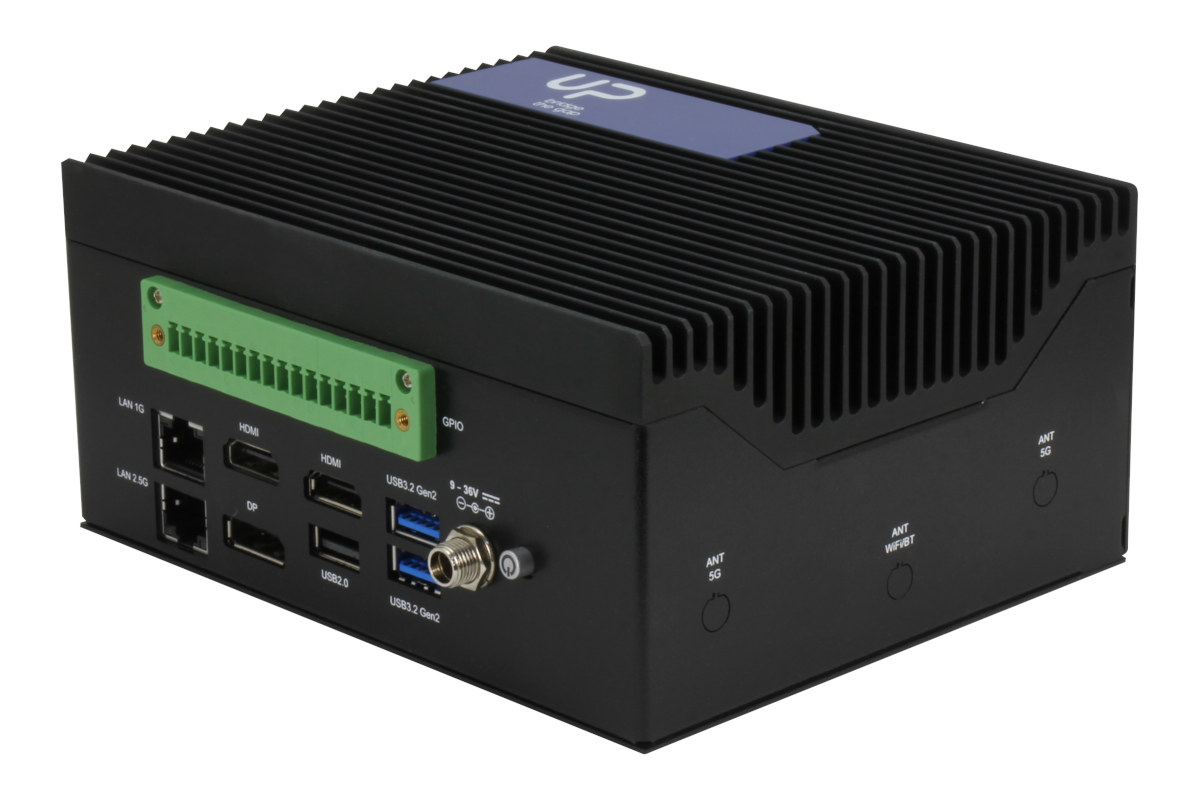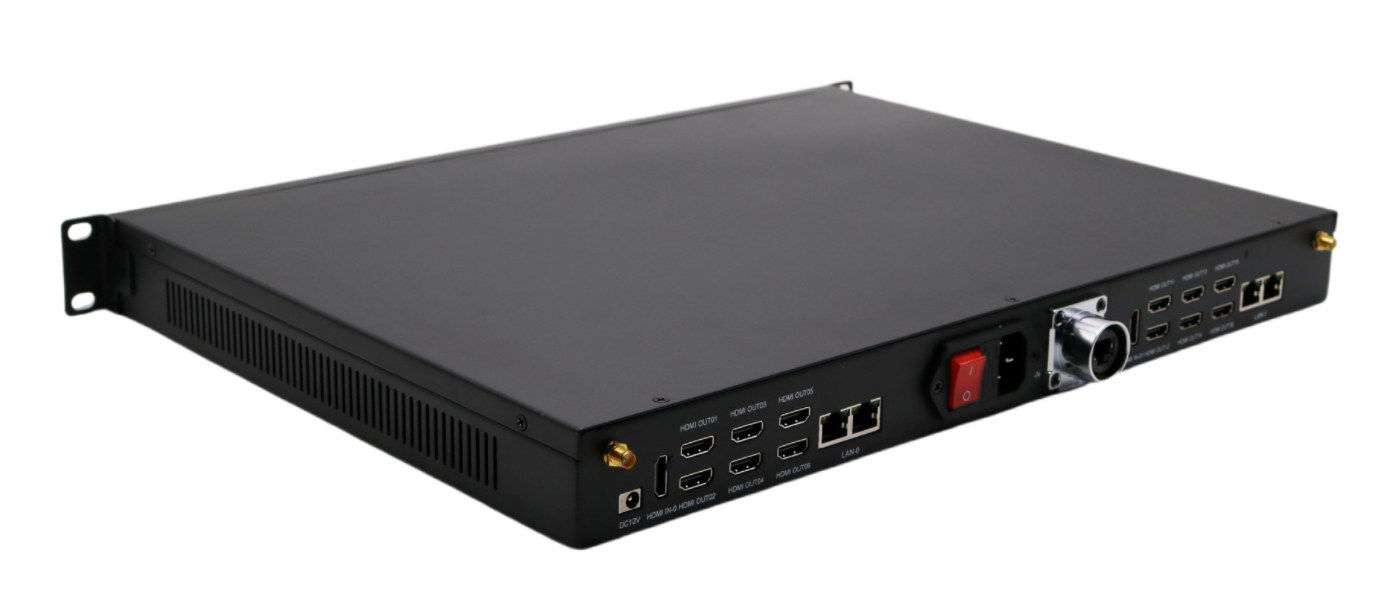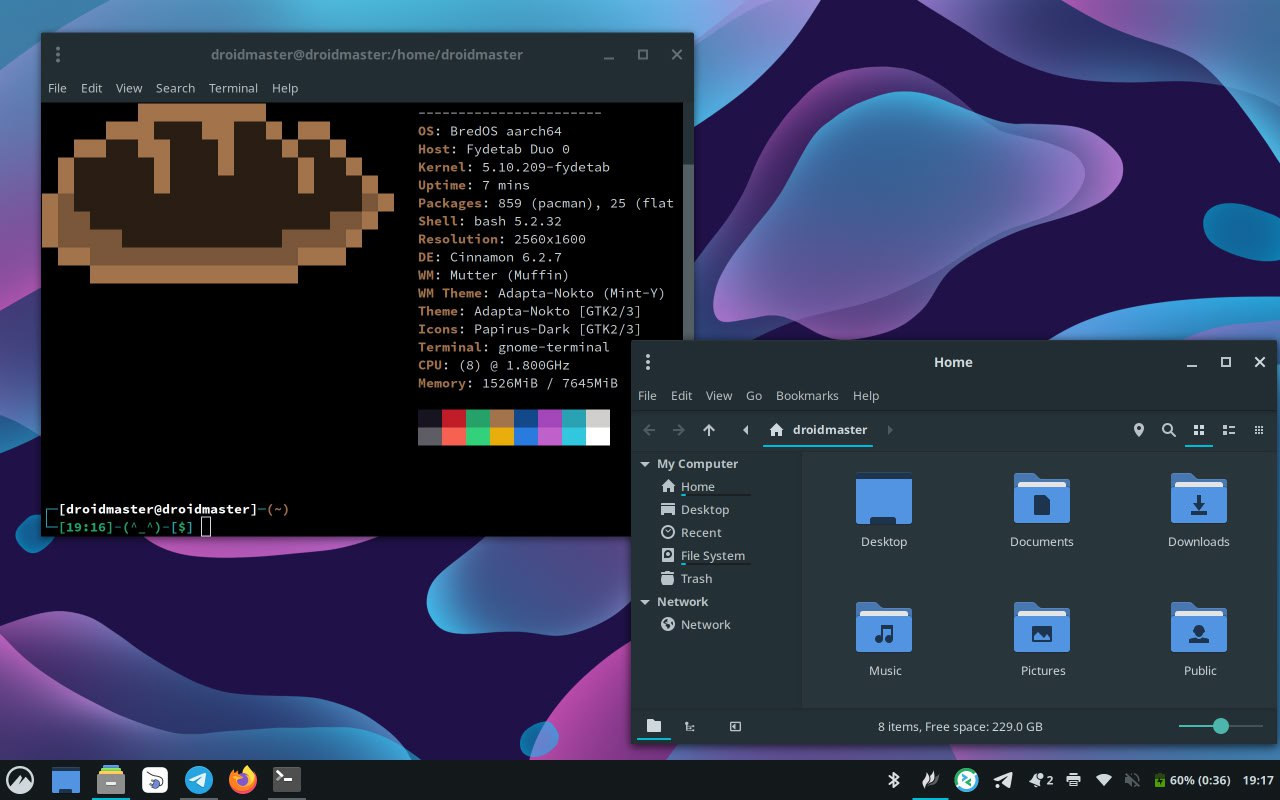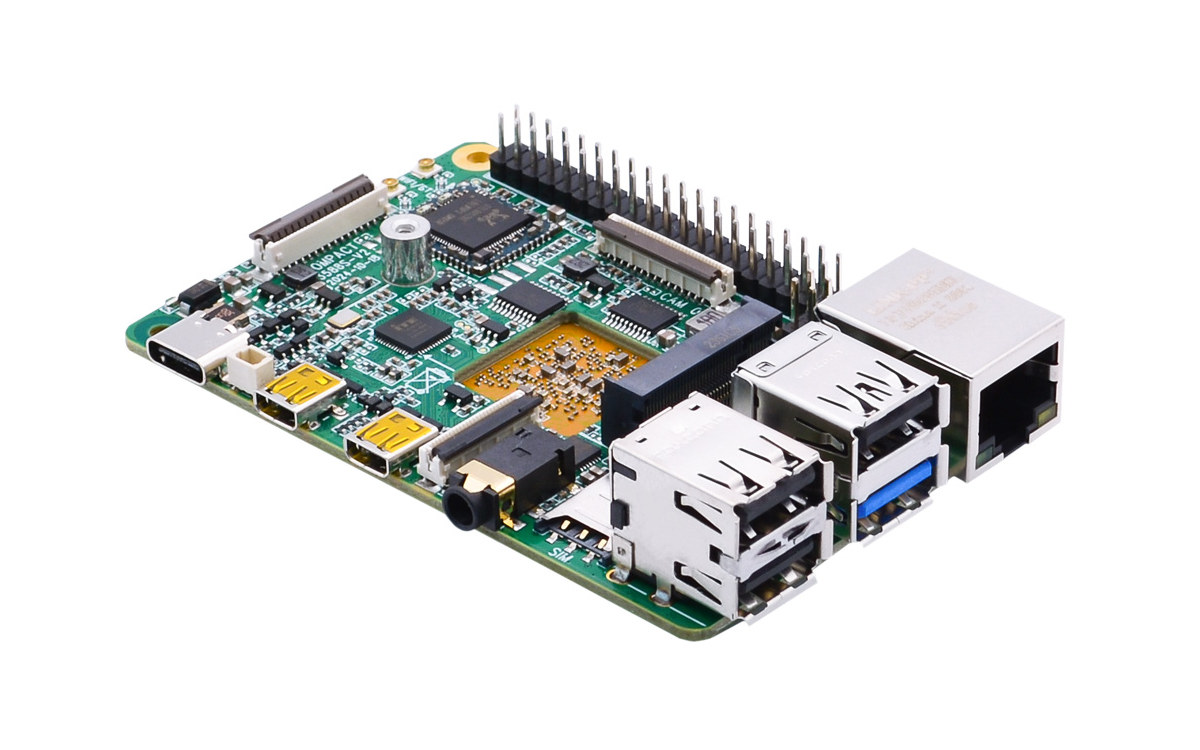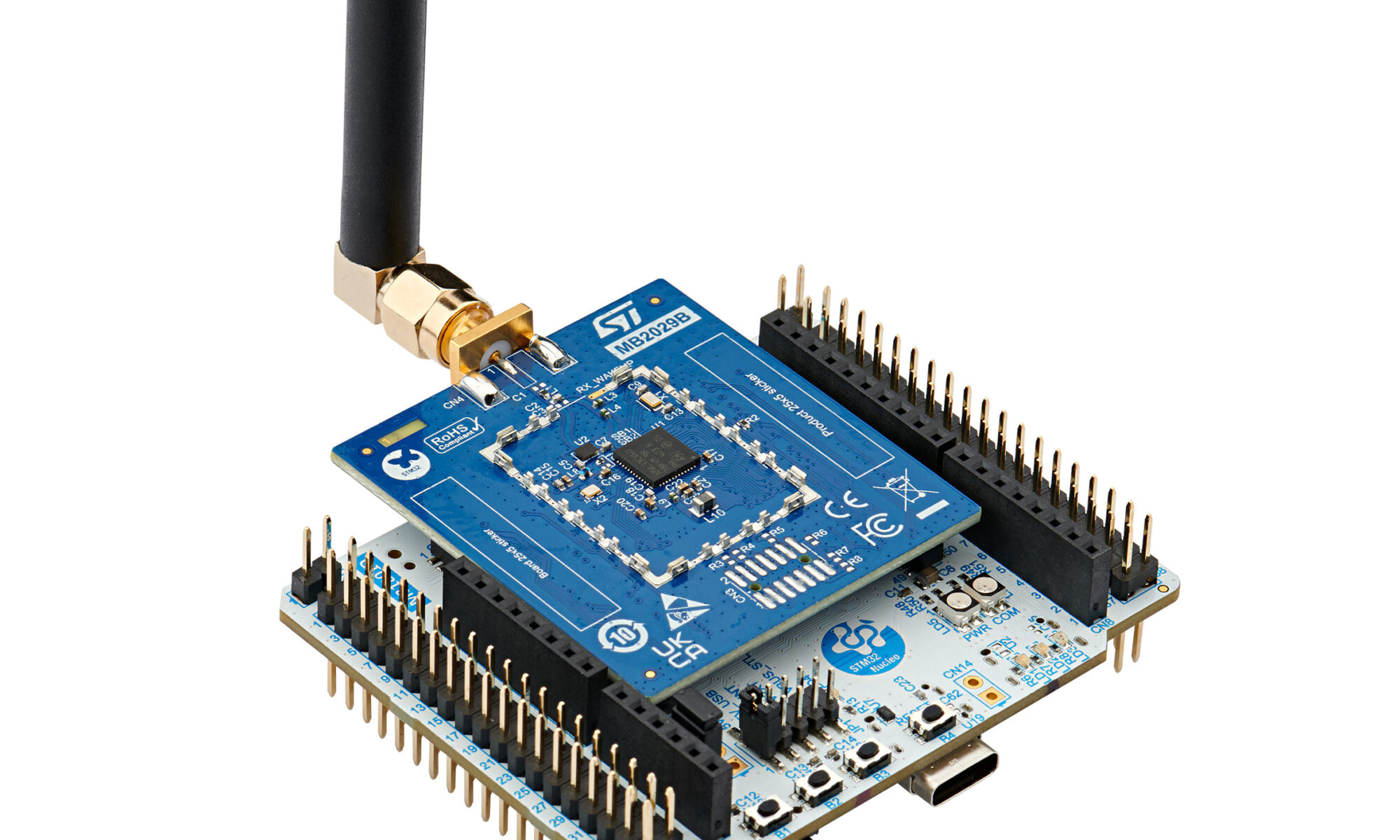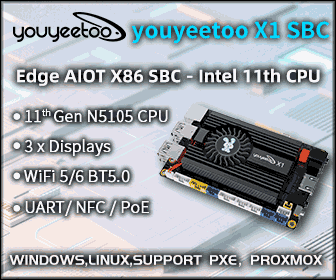Raspberry Pi 500 keyboard PC launched together with 15.6-inch Raspberry Pi Monitor
The Raspberry Pi 500 keyboard PC is now available with the guts of a Raspberry Pi 5 including a Broadcom BCM2712 quad-core Cortex-A76 SoC, 8GB LPDDR4x and a 32GB microSD pre-loaded with Raspberry Pi OS. But the company also took the opportunity to launch the 15.6-inch Raspberry Pi Monitor that was first showcased at Embedded World 2024. That means Raspberry Pi launched 22 products this year including kits, and we’re promised that would be the last launch for 2024! But Pi fans can expect a small surprise in the first half of January… Raspberry Pi 500 keyboard PC Raspberry Pi 500 specifications: SoC – Broadcom BCM2712 CPU – Quad-core 64-bit Arm Cortex-A76 processor @ 2.4GHz GPU – VideoCore VII GPU with support for OpenGL ES 3.1 graphics, Vulkan 1.2 VPU – 4Kp60 HEVC decoder System Memory – 8GB LPDDR4X-4267 SDRAM Storage – 32GB microSD card preloaded with Raspberry Pi OS […]



